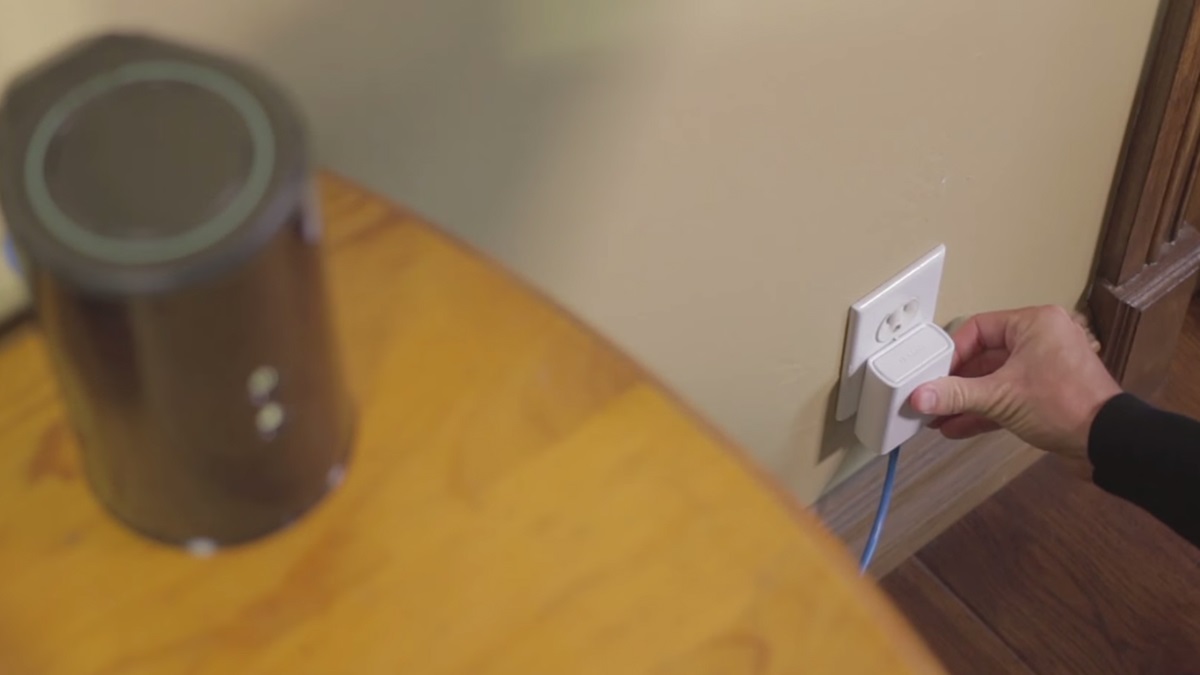

Articles
How To Get Better WiFi In The Basement
Modified: January 8, 2024
Discover effective methods and easy-to-follow articles to improve your Wi-Fi signal in your basement and enjoy a seamless internet connection.
(Many of the links in this article redirect to a specific reviewed product. Your purchase of these products through affiliate links helps to generate commission for Storables.com, at no extra cost. Learn more)
Introduction
Welcome to the world of modern living, where having a stable and strong Wi-Fi connection is essential for our daily lives. Whether you’re streaming your favorite shows, working from home, or simply browsing the web, a solid Wi-Fi connection is vital. But what happens when you venture down to the basement, only to find that your Wi-Fi signal becomes weak and unreliable?
Many households face this issue, as basements are notorious for their poor Wi-Fi coverage. The underground location, coupled with thick walls and other obstructions, poses a challenge for a strong and stable Wi-Fi signal. However, fear not! In this article, we will guide you through the steps to get better Wi-Fi in your basement, ensuring seamless connectivity no matter where you are in your home.
Before we dive into the specifics, let’s take a moment to understand the factors that affect Wi-Fi signal strength in the basement. By grasping these concepts, you’ll be able to make informed decisions to improve your Wi-Fi performance.
Key Takeaways:
- Understanding the factors affecting Wi-Fi signal strength in the basement, such as interference, obstructions, and router placement, is crucial for improving connectivity and ensuring seamless online experiences.
- By strategically choosing the right Wi-Fi router or extender, optimizing settings, managing interference, and utilizing accessories, you can transform your basement into a Wi-Fi-friendly space for uninterrupted connectivity.
Read more: How To Make Basement Walls Look Better
Understanding the Wi-Fi Signal Strength in Basement
When it comes to understanding Wi-Fi signal strength in the basement, it’s essential to grasp the basics of how Wi-Fi signals operate and interact with various obstacles. Wi-Fi signals are transmitted through radio waves, which can be affected by a multitude of factors.
The main challenge with basement Wi-Fi signals is the presence of thick walls and floors. These materials, such as concrete or brick, can significantly weaken the signal strength. Additionally, the distance between the basement and the Wi-Fi router plays a crucial role. The farther away the basement is from the router, the weaker the signal will be.
Another important aspect to consider is the interference from other devices and appliances. Microwaves, cordless phones, baby monitors, and even neighboring Wi-Fi networks can all interfere with your Wi-Fi signal. These sources of interference can disrupt the signal and degrade the performance, especially in areas like the basement where the signal is already weaker.
Furthermore, the frequency band of your Wi-Fi signal can impact its range and penetration capabilities. The 2.4GHz frequency band has better range but is more prone to interference, while the 5GHz band offers faster speeds but has a shorter range. Understanding your router’s frequency band and its compatibility with your devices is crucial for ensuring optimal performance.
Now that we have a basic understanding of the factors affecting Wi-Fi signal strength in the basement, let’s move on to assessing your current Wi-Fi setup to identify any areas for improvement.
Assessing the Existing Wi-Fi Setup
Before diving into upgrading or enhancing your Wi-Fi in the basement, it’s important to assess your current Wi-Fi setup to identify any potential issues that may be contributing to the weak signal. By conducting a thorough evaluation, you can determine the best course of action to improve your Wi-Fi performance.
Start by locating your Wi-Fi router and checking its placement. Is it tucked away in a corner or hidden behind obstacles? Ideally, the router should be positioned in a central location on the ground floor to maximize coverage throughout your home. If it’s currently situated near the basement, consider relocating it to a more central spot.
Next, check if your Wi-Fi router is outdated or lacking in capabilities. Older routers may not support the latest Wi-Fi standards, resulting in slower speeds and weaker signals. If your router is more than a few years old, it may be worth considering an upgrade to a newer model with improved range and performance.
Furthermore, assess the type of Wi-Fi antenna your router has. Some routers come with external antennas that can be adjusted to optimize signal strength and coverage. If your router has detachable antennas, make sure they are positioned appropriately – preferably perpendicular to each other – for better signal dispersion.
Take note of the Wi-Fi channel your router is operating on as well. In crowded areas with multiple Wi-Fi networks, interference can become a problem. Check if your router is set to automatically select a channel, or if you can manually choose a less congested channel to avoid interference from neighboring networks.
Lastly, consider the age and condition of your devices that connect to Wi-Fi. Older devices may have outdated Wi-Fi adapters that limit their ability to receive a strong signal. If possible, consider upgrading your devices or investing in external Wi-Fi adapters to enhance their compatibility and performance.
By critically assessing your existing Wi-Fi setup, you’ll gain insights into any potential weaknesses or limitations that may be causing the weak signal in your basement. Armed with this knowledge, you can now move forward in choosing the right Wi-Fi router or extender to improve your Wi-Fi coverage.
Choosing the Right Wi-Fi Router or Extender
Now that you’ve assessed your existing Wi-Fi setup and identified any areas for improvement, it’s time to choose the right Wi-Fi router or extender to enhance your Wi-Fi coverage in the basement. The right equipment is crucial in ensuring a strong and reliable signal.
When selecting a Wi-Fi router or extender, consider the distance between your current router and the basement. If your basement is located quite a distance away from the router, you may need a router with extensive range capabilities or a Wi-Fi extender to amplify the signal.
Look for routers or extenders that support the latest Wi-Fi standards, such as 802.11ac or 802.11ax. These standards offer faster speeds and better performance, allowing for a more robust Wi-Fi connection in your basement. Make sure the device you choose is compatible with your existing devices and can handle the number of devices connected to your network.
Consider the number and type of antennas the router or extender has. Multiple external antennas can enhance signal coverage and penetration through walls and floors. Adjustable or detachable antennas provide flexibility in directing the signal toward the basement.
Take into account the different bands supported by the router or extender. Dual-band routers offer both 2.4GHz and 5GHz frequency bands, providing versatility in balancing range and speed. Tri-band routers add an additional 5GHz band, which can be beneficial in high-traffic environments.
Another important factor to consider is the presence of advanced features like beamforming and MU-MIMO (Multi-User, Multiple-Input, Multiple-Output) technology. Beamforming helps direct the Wi-Fi signal towards specific devices, improving overall signal strength, while MU-MIMO allows for simultaneous data transmission to multiple devices, reducing congestion and improving performance.
Budget is also a consideration, as routers and extenders come in a wide range of prices. Determine your budget and find a device that offers the best value for your needs. Remember to read reviews and compare different models before making a decision.
By choosing the right Wi-Fi router or extender, you can ensure that your basement receives a strong and reliable signal, paving the way for optimal Wi-Fi performance. The next step is to properly position the router or extender in the basement for maximum coverage.
Placement of the Wi-Fi Router or Extender in the Basement
Now that you have chosen the right Wi-Fi router or extender, it’s time to focus on the placement of the device in your basement. The correct placement is crucial to maximize signal strength and coverage throughout the basement area.
If you have opted for a Wi-Fi router, try to position it as close to the center of the basement as possible. This central location will help distribute the Wi-Fi signal evenly and minimize dead zones. Avoid placing the router near metal objects, appliances, or large electronics, as they can interfere with the signal.
If you have chosen a Wi-Fi extender, place it in an area where it can receive a strong signal from the main router. This is usually best achieved by placing the extender midway between the router and the far end of the basement. Like with the router, keep the extender away from obstructions and interference-causing objects.
Consider the height at which you position the router or extender. Placing it higher, such as on a shelf or mounted on the wall, can help improve signal coverage, as Wi-Fi signals tend to spread downwards. Experiment with different heights and monitor the signal strength in various locations within the basement.
If your basement has multiple rooms or areas, you may need to consider additional access points or Wi-Fi extenders to ensure complete coverage. These devices can be strategically placed to extend the range and strengthen the signal in those specific areas.
Ensure that the router or extender is not hidden behind furniture, boxes, or other objects that can obstruct the signal. Open spaces and clear lines of sight between the router/extender and the devices in the basement will result in better signal transmission. Keep in mind that Wi-Fi signals can penetrate walls and floors to some extent, but their strength decreases with each barrier.
Lastly, remember to periodically check and adjust the router’s antennas (if applicable). Position them perpendicular to each other to optimize signal dispersion and coverage.
By placing the Wi-Fi router or extender in an optimal location in the basement, you can greatly improve the Wi-Fi signal strength and coverage. However, there may still be factors that can affect Wi-Fi performance, such as interference and obstructions. Let’s explore how to manage these issues to further enhance your Wi-Fi experience in the basement.
Consider using a Wi-Fi range extender or a mesh network system to improve Wi-Fi signal in the basement. These devices can help extend the coverage and eliminate dead zones.
Read more: How To Get Wifi For Security Cameras
Optimizing Wi-Fi Settings for Basement Usage
While the placement of the Wi-Fi router or extender in the basement is crucial for signal strength, optimizing the Wi-Fi settings can further enhance your Wi-Fi experience. By tweaking a few settings, you can maximize the performance of your Wi-Fi network specifically for basement usage.
Start by accessing your router’s settings through a web browser by typing in your router’s IP address. Look for options related to wireless settings or Wi-Fi settings. Here are some key settings to consider:
- Wi-Fi Channel: By default, routers are set to automatically select a channel. However, in congested areas with many Wi-Fi networks, manually selecting a less crowded channel can improve signal quality. Use Wi-Fi analyzer tools to identify the least congested channel and switch to it.
- Wi-Fi Mode: Ensure that your router is set to use the latest Wi-Fi standards (e.g., 802.11ac) for optimal performance. Older devices may only support older standards, so consider setting your router to use both 2.4GHz and 5GHz bands to accommodate compatibility.
- Security: Always ensure your Wi-Fi network is password protected with WPA2 or WPA3 encryption to prevent unauthorized access.
- Quality of Service (QoS): Enable QoS if available on your router. This feature prioritizes certain types of network traffic, such as streaming or gaming, over others, ensuring a smooth experience for your basement activities.
- Bandwidth Allocation: Some routers allow you to allocate a specific amount of bandwidth for certain devices or applications. Consider prioritizing devices or applications that require a strong signal in the basement.
Additionally, you can experiment with different Wi-Fi settings to find the best configuration for your basement. For example, adjusting the transmit power or channel width of your router can result in improved coverage and performance. However, be cautious when making changes, as incorrect settings can lead to instability or interference with neighboring networks.
It’s worth noting that different router models and manufacturers may have varying settings and options. Refer to your router’s user manual or online documentation for specific instructions on how to optimize its settings.
By optimizing the Wi-Fi settings for basement usage, you can fine-tune your network to deliver the best possible performance and overcome any remaining Wi-Fi challenges. However, if interference and obstructions continue to affect your Wi-Fi signal in the basement, there are techniques and accessories you can utilize to mitigate these issues.
Managing Interference and Obstructions in the Basement
Interference and obstructions can greatly impact Wi-Fi signal strength in the basement. By managing these factors, you can minimize signal degradation and ensure a more reliable and stable Wi-Fi connection. Here are some strategies to consider:
1. Minimize Wi-Fi Interference:
- Move electronic devices, such as cordless phones, baby monitors, and microwaves, away from the router and basement area. These devices can interfere with Wi-Fi signals.
- Switch to a less congested Wi-Fi channel. Use a Wi-Fi analyzer tool to identify the least crowded channel in your vicinity.
- Position your router away from neighboring Wi-Fi networks to reduce interference.
2. Enhance Wi-Fi Penetration:
- Consider using a Wi-Fi range extender or additional access points strategically placed throughout the basement to improve signal coverage.
- Invest in a mesh Wi-Fi system, which uses multiple devices to create a unified network and eliminate signal dead zones.
3. Utilize Powerline Adapters:
- Powerline adapters use existing electrical wiring in your home to extend the network signal to areas with poor Wi-Fi coverage, such as the basement. This can be a reliable and efficient solution for improving connectivity.
4. Use Wi-Fi Signal Boosters:
- Wi-Fi signal boosters, also known as amplifiers or repeaters, amplify and extend your Wi-Fi signal, effectively increasing its range and strength in the basement.
5. Eliminate Physical Obstructions:
- Place the router or extender in an elevated position, such as on a shelf, to improve line-of-sight with devices in the basement.
- Consider using Ethernet cables to connect devices in the basement directly to the router for a more stable and reliable connection.
- Minimize the number of walls and other physical barriers between the router and the basement area.
6. Optimize Wi-Fi Antenna Placement:
- If your router has adjustable or detachable antennas, experiment with different angles and orientations to optimize signal direction towards the basement.
Remember, the effectiveness of these techniques may vary depending on your specific home layout and existing Wi-Fi setup. It may require some trial and error to find the best combination of strategies to overcome interference and obstructions in your basement.
Now that you have implemented measures to manage interference and obstructions, you can further enhance your Wi-Fi performance in the basement by utilizing accessories designed to optimize Wi-Fi connectivity.
Enhancing Wi-Fi Performance with Accessories
To further enhance Wi-Fi performance in your basement, you can consider utilizing accessories specifically designed to optimize Wi-Fi connectivity. These accessories can help improve signal strength, range, and overall performance. Here are some popular options:
1. Wi-Fi Range Extenders:
Wi-Fi range extenders, also known as repeaters or boosters, are devices that amplify and extend the Wi-Fi signal from your router. They receive the existing Wi-Fi signal and rebroadcast it, effectively increasing the range and coverage in areas that the router alone cannot reach.
2. Wi-Fi Mesh Systems:
Wi-Fi mesh systems consist of multiple devices, including a main router and satellite nodes. These nodes work together to create a unified Wi-Fi network, ensuring seamless coverage throughout your home, including the basement. Mesh systems are known for their ability to handle multiple devices and provide consistent performance across all areas.
3. Wi-Fi Signal Boosters:
Wi-Fi signal boosters, similar to range extenders, enhance the signal strength and coverage in specific areas. They receive the existing Wi-Fi signal and amplify it, effectively extending the range and improving connectivity in the basement. Signal boosters are particularly useful if you have a strong Wi-Fi signal near the basement but encounter weak reception within the basement itself.
4. Powerline Adapters:
Powerline adapters utilize your home’s electrical wiring to transmit the network signal. By connecting one adapter to your router and plugging another adapter into an electrical outlet in the basement, you can extend the Wi-Fi coverage without relying solely on wireless signals. Powerline adapters are a reliable option, especially in situations where Wi-Fi signals struggle to penetrate walls and floors effectively.
5. External Antennas:
If your router allows it, consider investing in external antennas. These antennas can replace or supplement the built-in antennas, providing better signal dispersion and coverage. Adjustable external antennas allow you to direct the signal towards the basement, optimizing the Wi-Fi performance in that area.
6. Ethernet Cables:
For devices in the basement that require a more stable and reliable connection, consider using Ethernet cables to connect them directly to the router. While this may require some wiring work, it ensures a consistent and high-speed connection without relying on wireless signals.
Remember that choosing the right accessories depends on your specific requirements and the layout of your home. It’s always a good idea to research different products, read reviews, and consult with experts to ensure you select the most suitable accessories to enhance your Wi-Fi performance in the basement.
With your basement Wi-Fi optimized and enhanced through appropriate accessories, you can enjoy seamless connectivity and reliable internet access in every corner of your home.
Ready to get started? Implement these strategies and accessories to transform your basement into a Wi-Fi-friendly space and enjoy uninterrupted connectivity for all your online needs.
Conclusion
Improving Wi-Fi connectivity in the basement is crucial for a seamless online experience in today’s connected world. By understanding the factors that affect Wi-Fi signal strength, assessing your current setup, and implementing the right solutions, you can overcome the challenges and enjoy better Wi-Fi coverage in the basement.
Start by evaluating your existing Wi-Fi setup and identifying any limitations or weaknesses that may be contributing to the weak signal. Consider factors such as the distance between your router and the basement, the Wi-Fi channel congestion, and the compatibility of your devices. This assessment will guide you in choosing the right Wi-Fi router, extender, or other accessories to enhance your Wi-Fi coverage.
Carefully consider the placement of your Wi-Fi router or extender in the basement, ensuring it is positioned strategically for maximum coverage. Avoid obstructions, interference-causing objects, and consider using accessories such as Wi-Fi repeaters, powerline adapters, or mesh systems to extend the signal throughout the basement area.
Optimizing Wi-Fi settings and managing interference and obstructions are essential for maximizing Wi-Fi performance in the basement. Adjust Wi-Fi channels, optimize antenna placement, and utilize techniques to minimize interference from electronic devices or physical barriers. These steps will help you overcome Wi-Fi signal degradation and ensure a stable and reliable connection in the basement.
Finally, enhance your Wi-Fi performance even further with accessories such as Wi-Fi range extenders, mesh systems, signal boosters, powerline adapters, and external antennas to suit your specific requirements. These accessories can amplify the Wi-Fi signal, extend coverage, and improve connectivity in the basement area.
With these strategies and accessories in place, you can transform your basement into a Wi-Fi-friendly space where you can work, stream, and connect without interruption. However, it’s important to remember that Wi-Fi performance is influenced by various factors, and results may vary depending on individual circumstances.
So, take the time to assess your unique situation, experiment with different solutions, and adapt as needed. By implementing the tips and techniques outlined in this article, you can significantly enhance your Wi-Fi performance and ensure a superior online experience in your basement.
Now, enjoy the convenience of a robust Wi-Fi connection in your basement and make the most of your online activities, no matter where you are in your home.
Frequently Asked Questions about How To Get Better WiFi In The Basement
Was this page helpful?
At Storables.com, we guarantee accurate and reliable information. Our content, validated by Expert Board Contributors, is crafted following stringent Editorial Policies. We're committed to providing you with well-researched, expert-backed insights for all your informational needs.
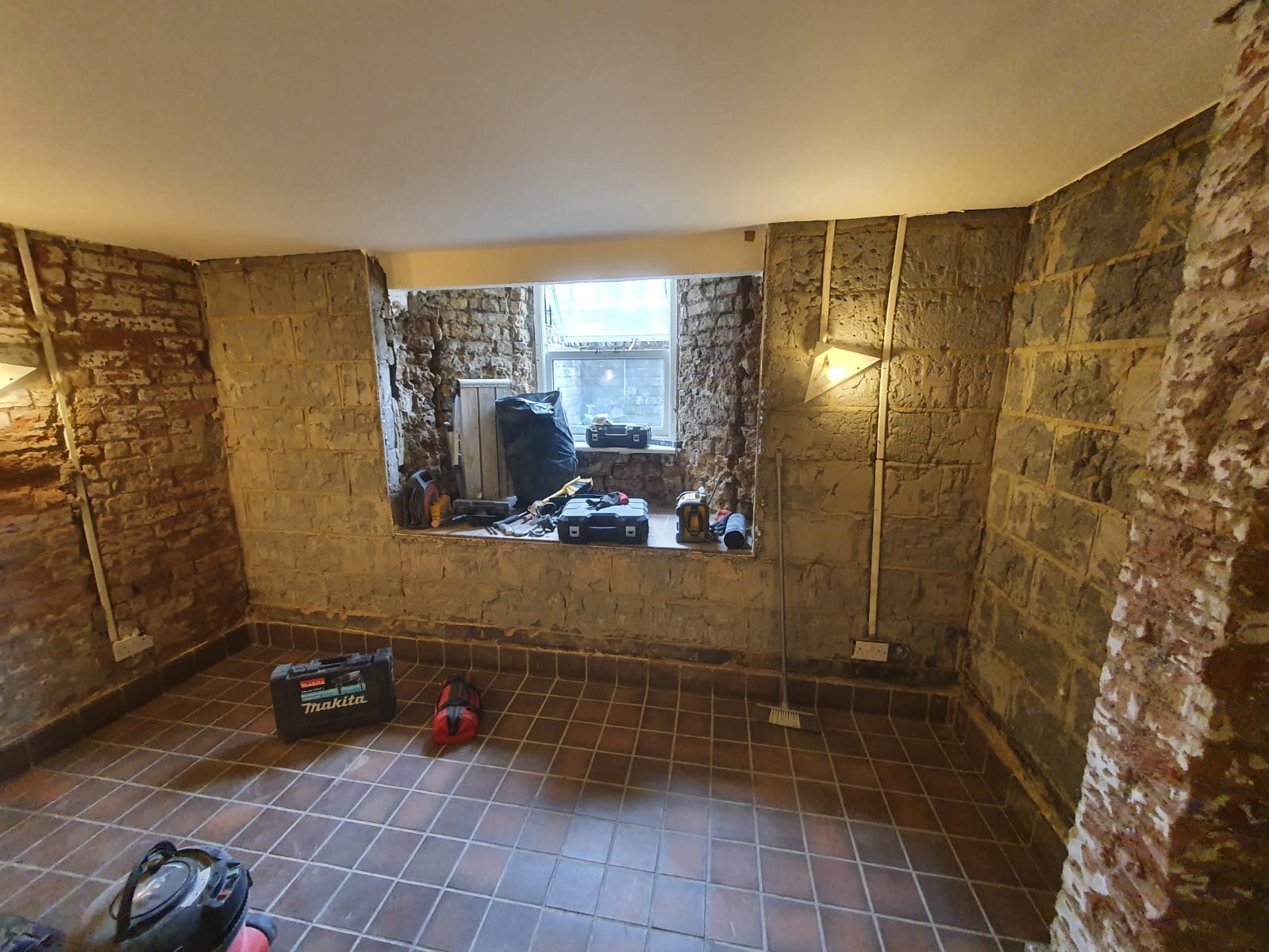
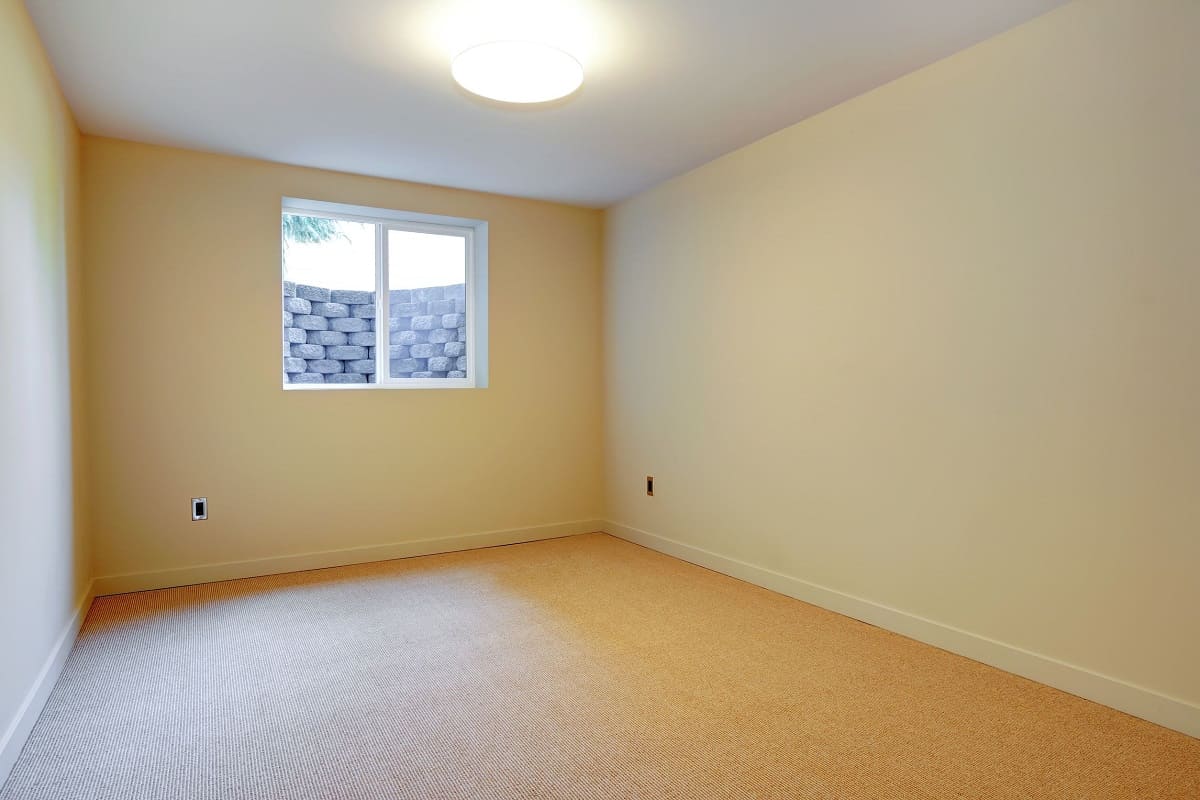
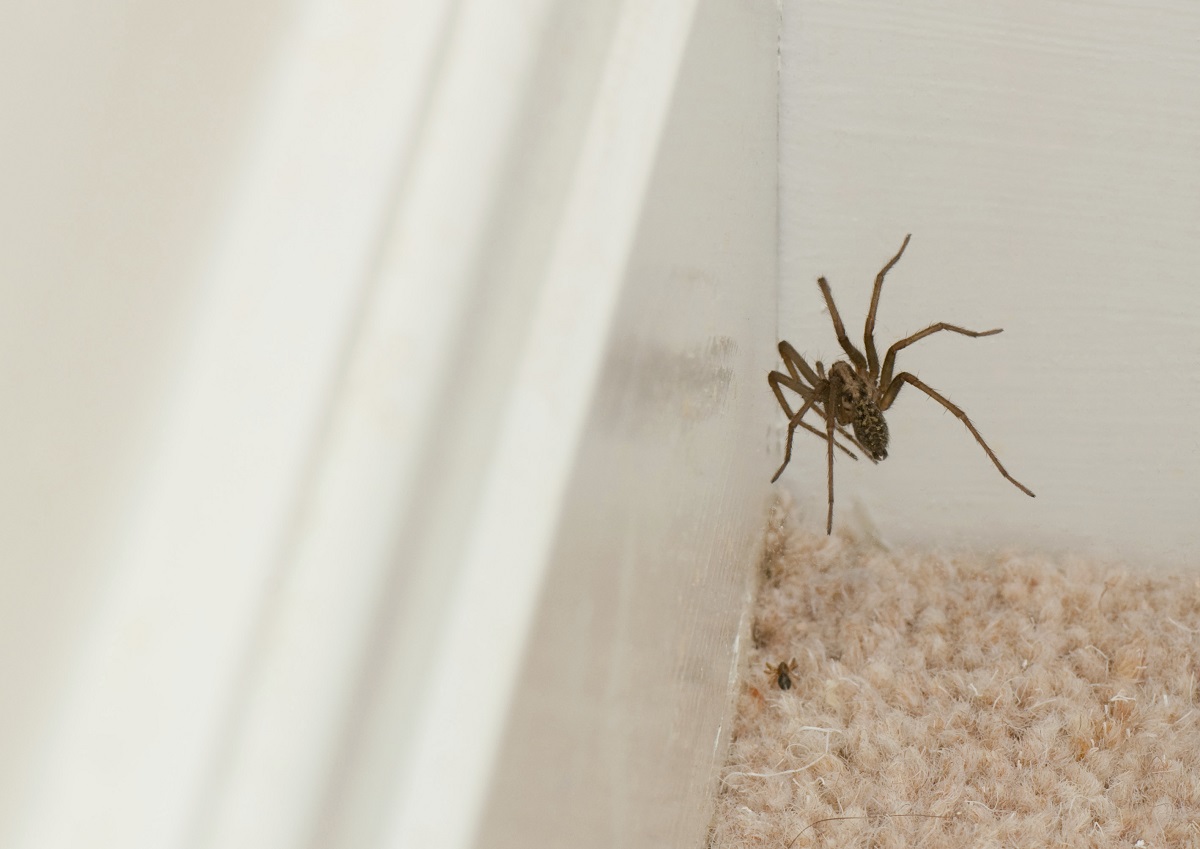

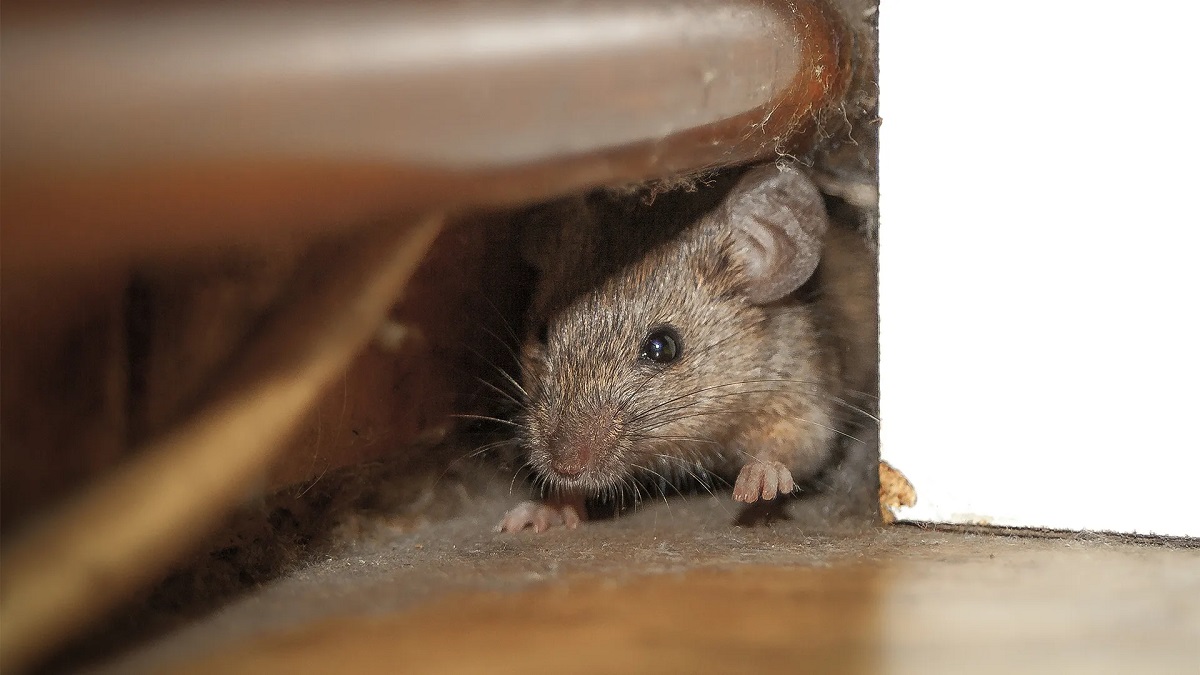
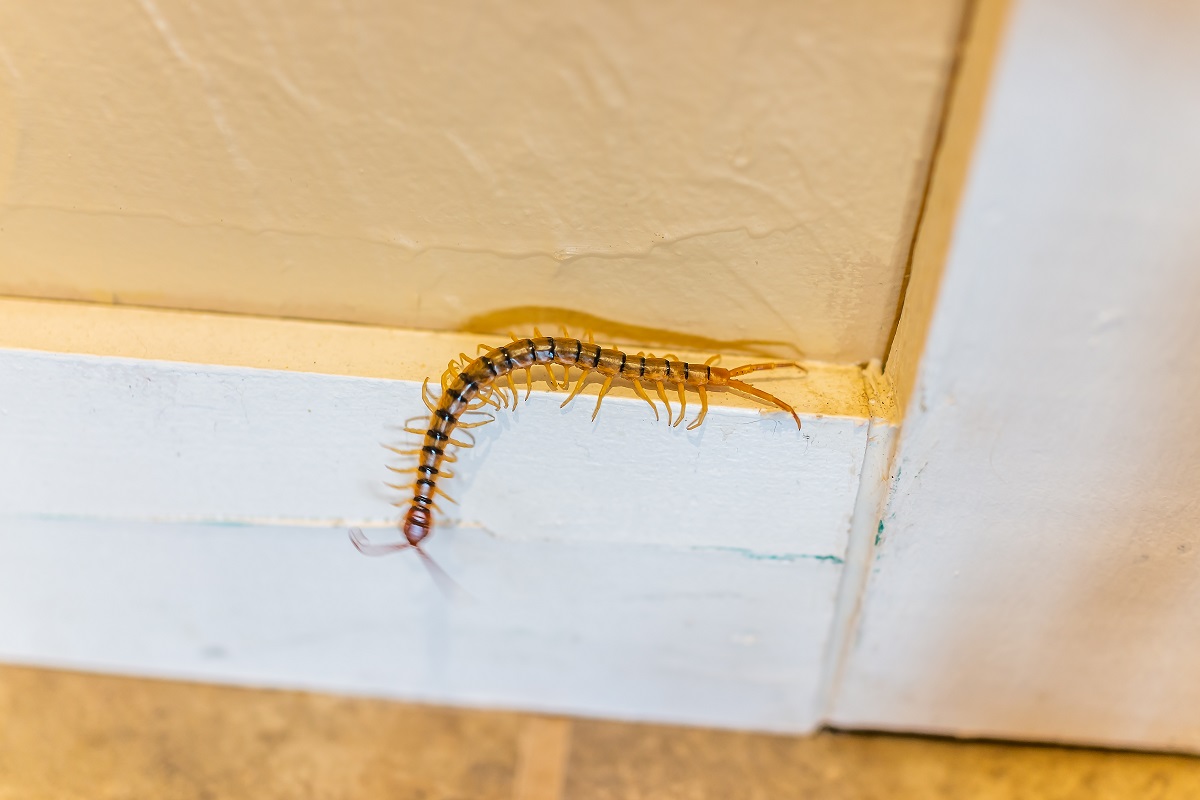

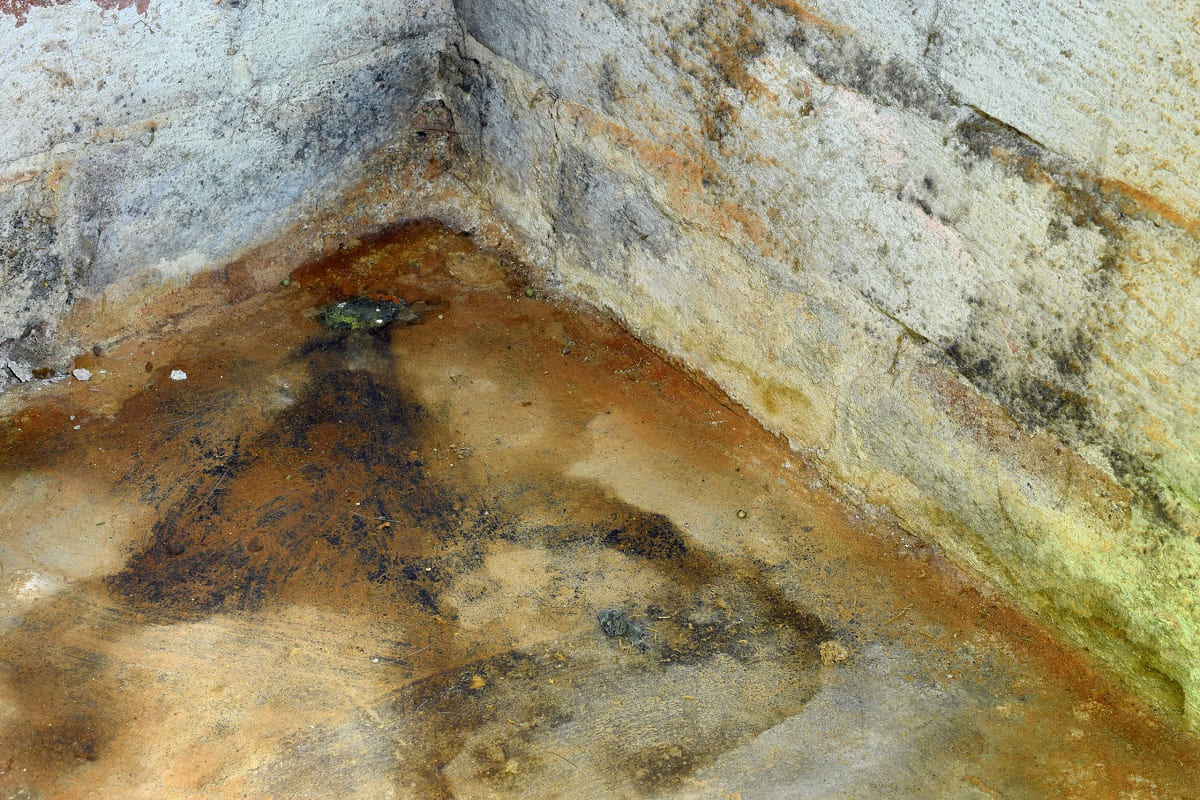
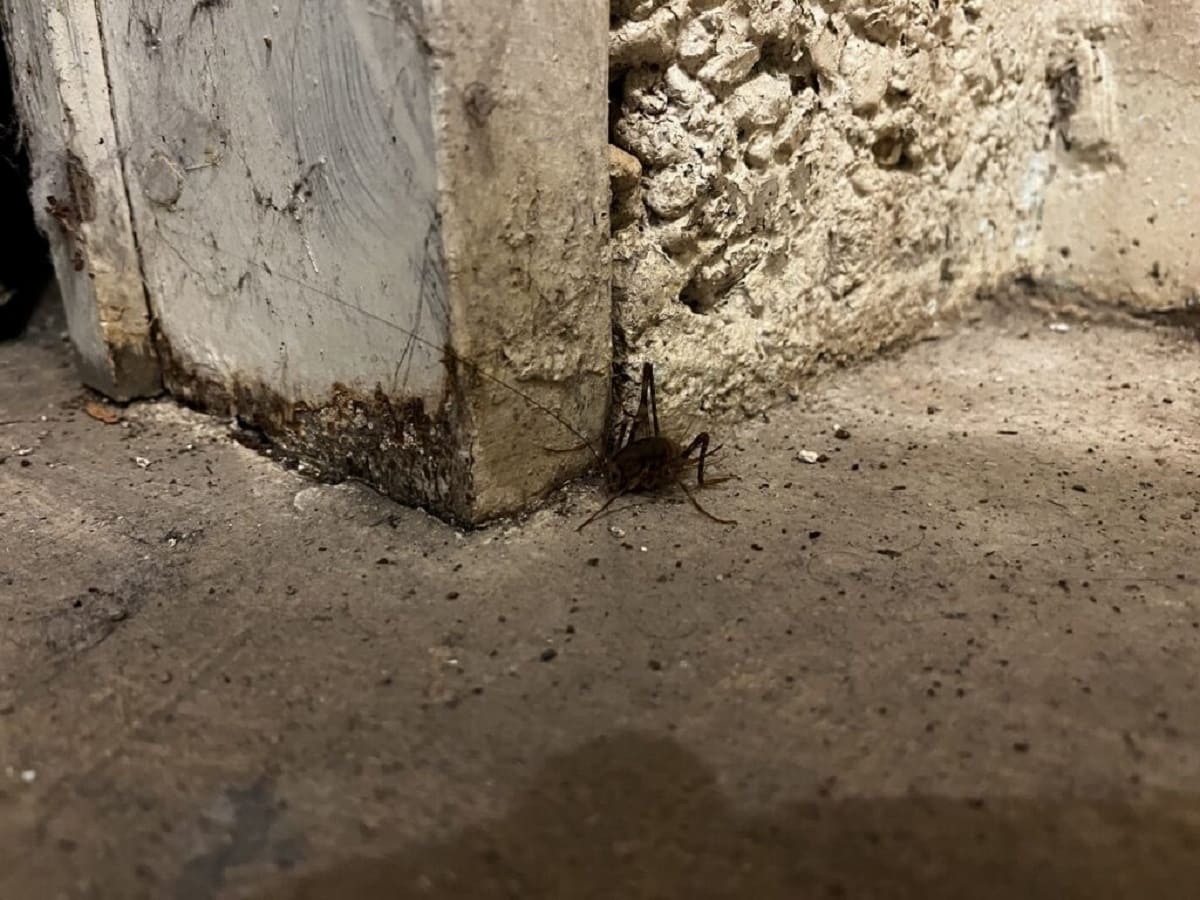
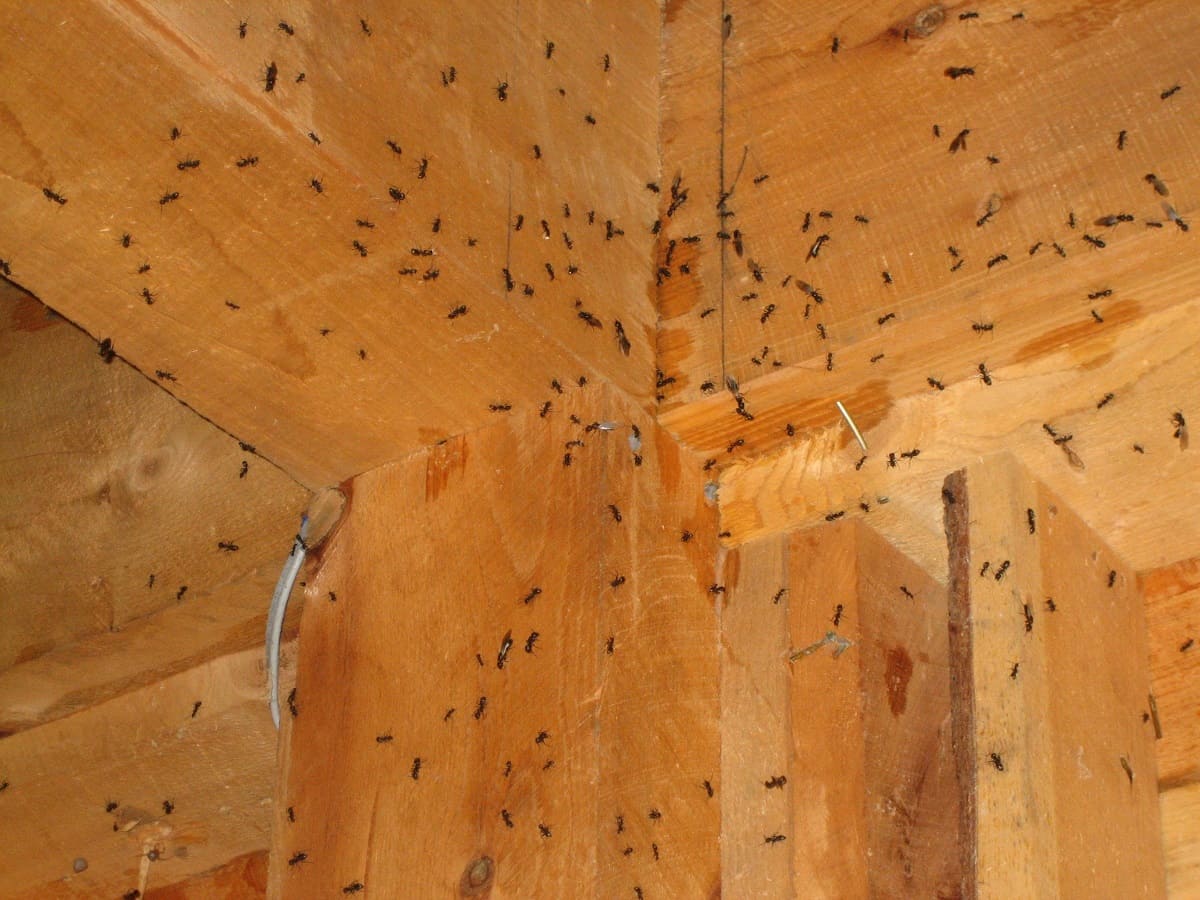

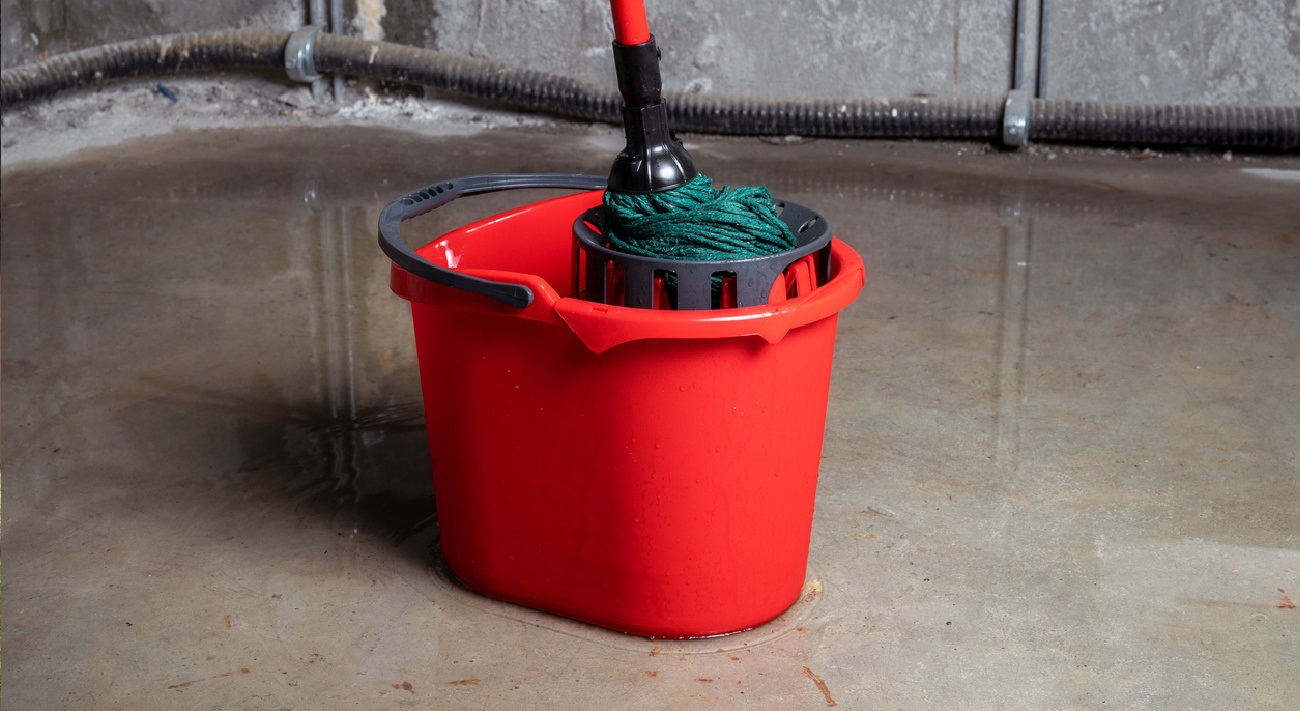



0 thoughts on “How To Get Better WiFi In The Basement”